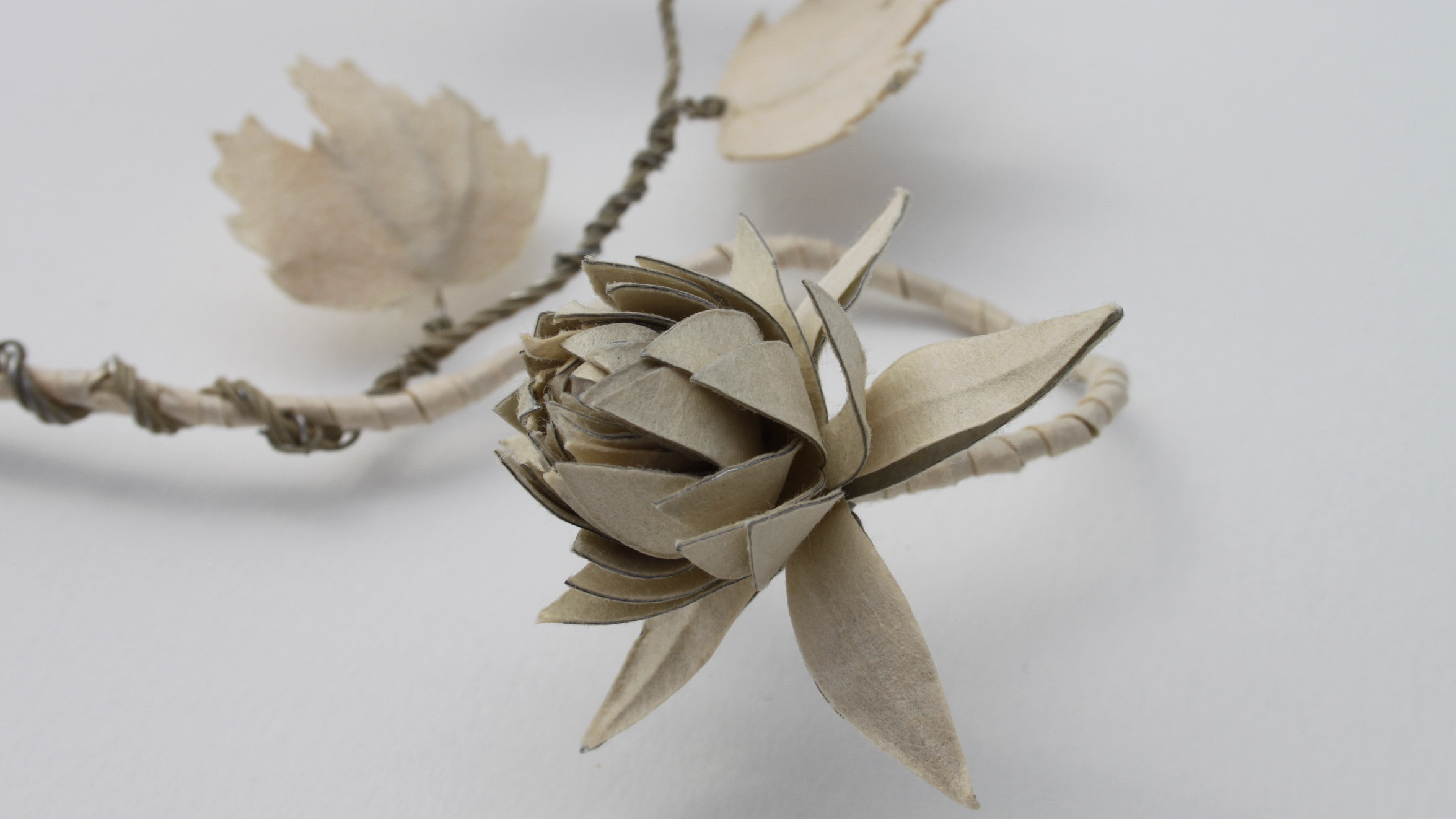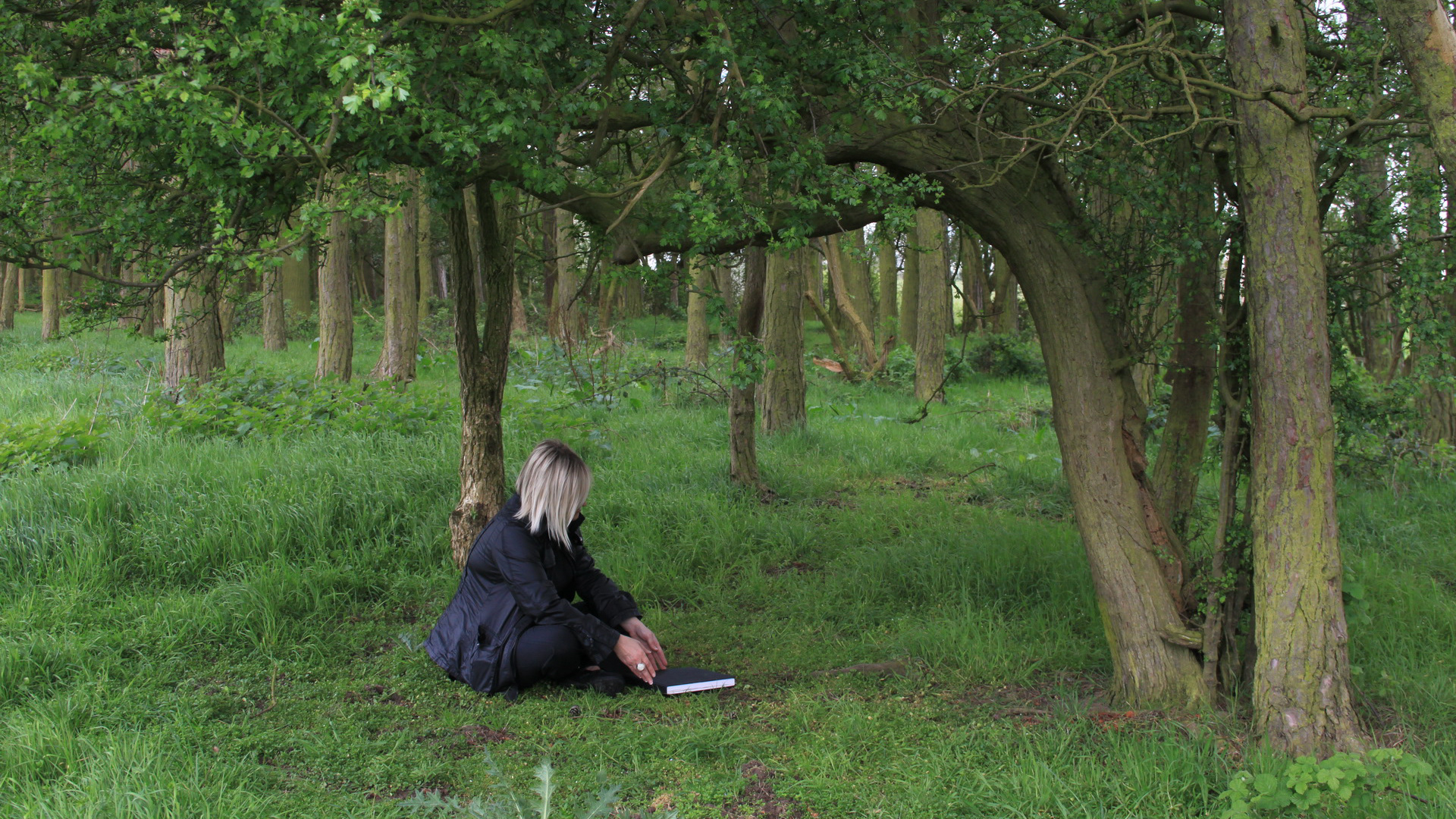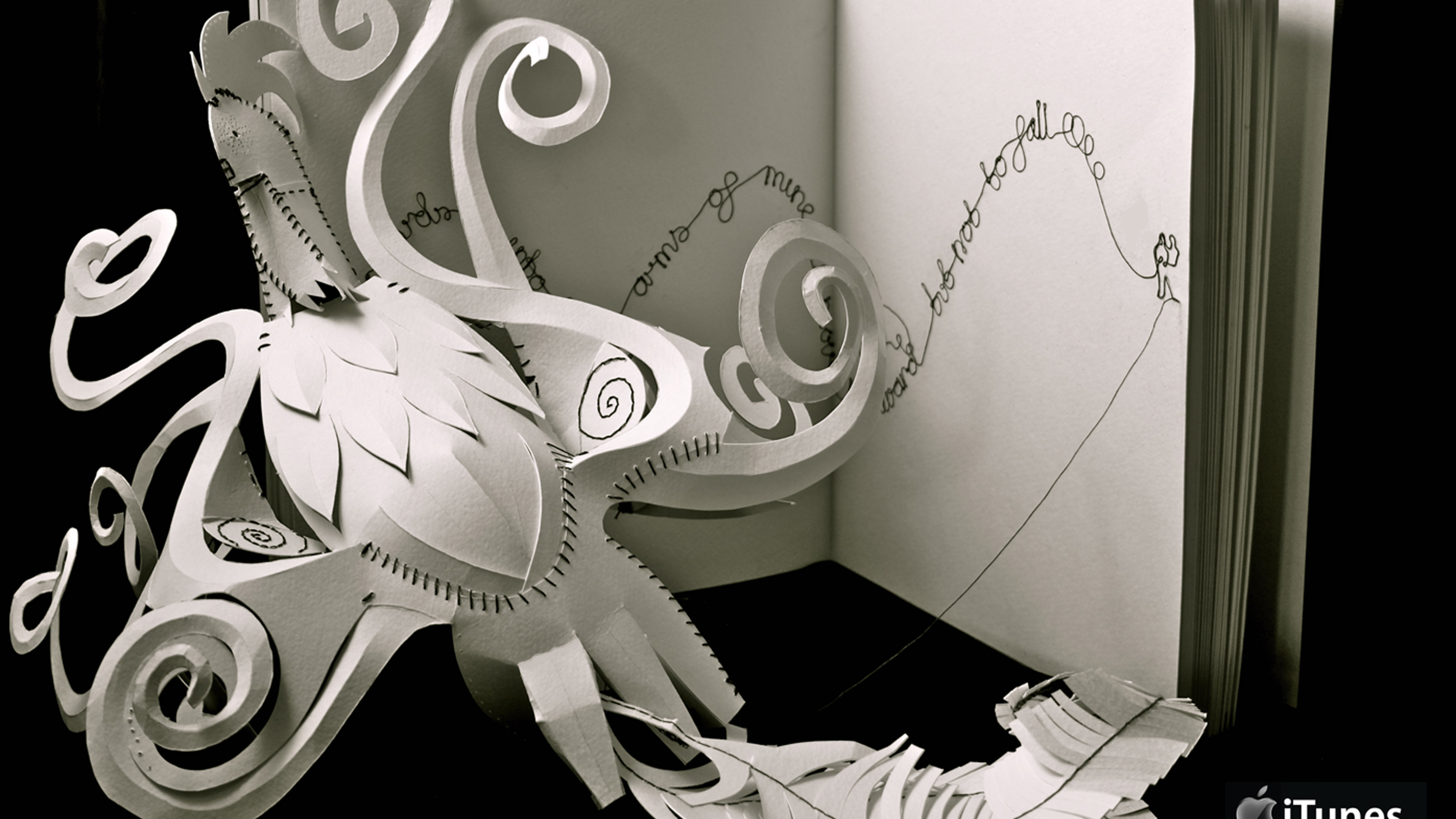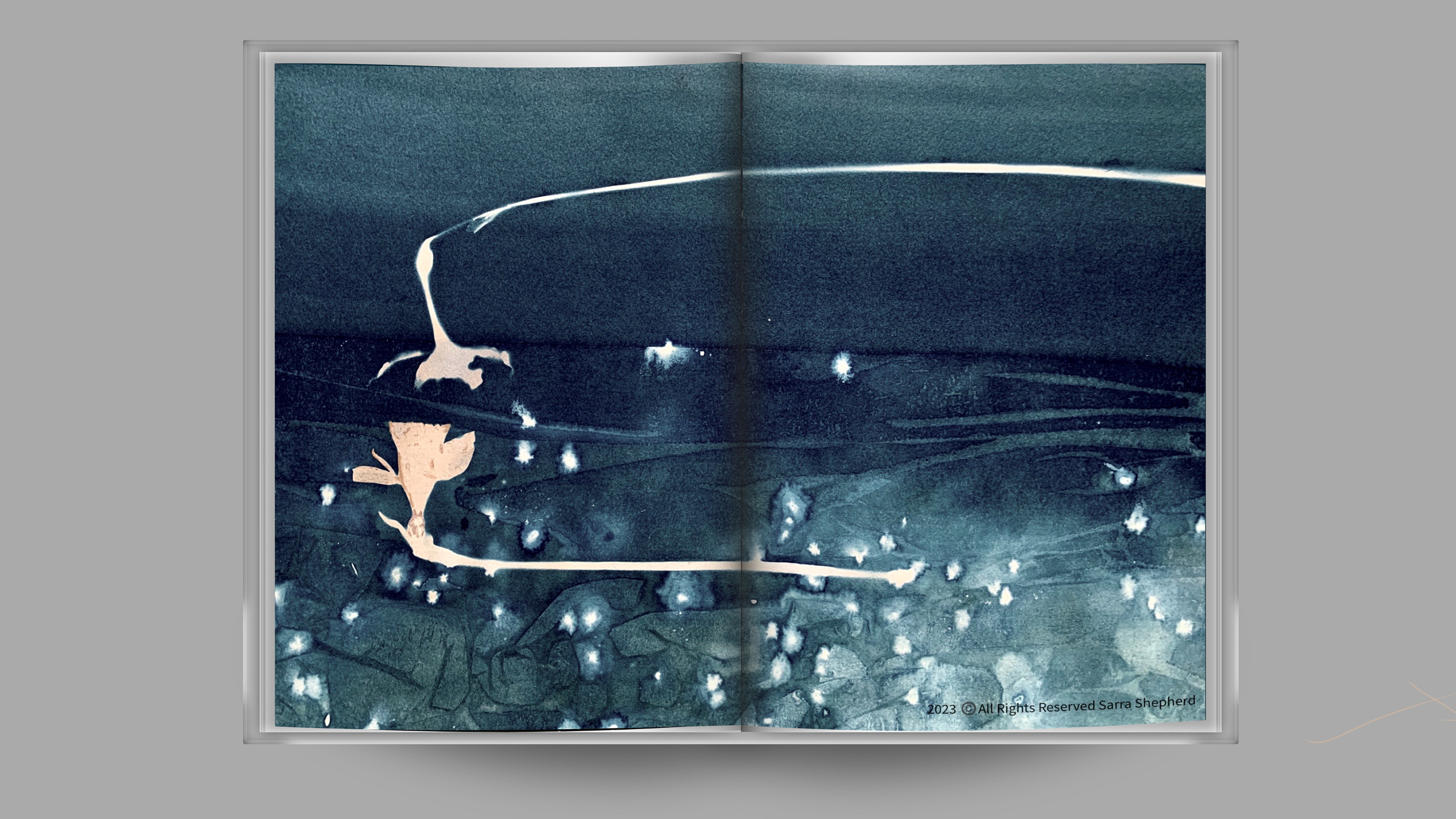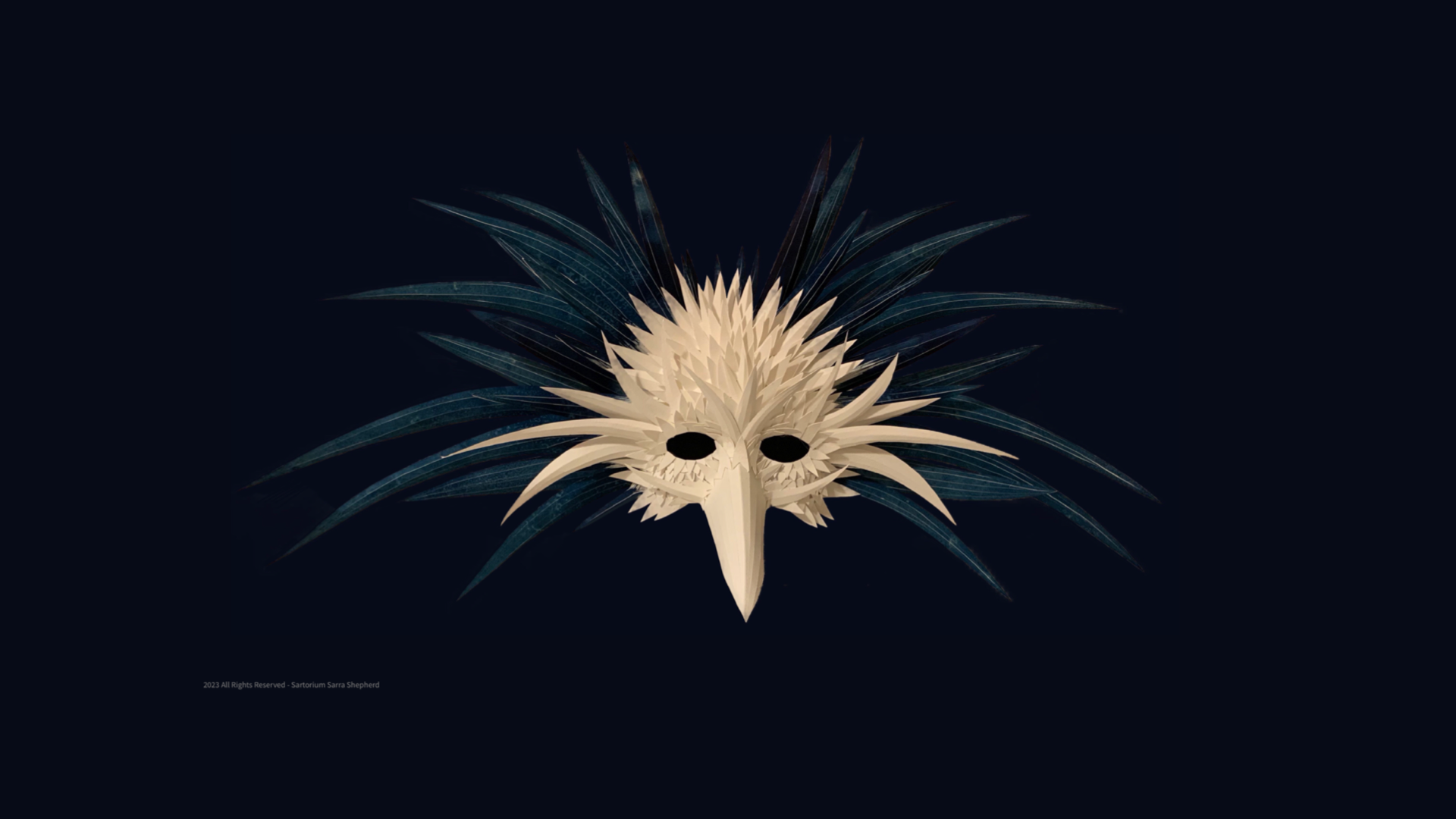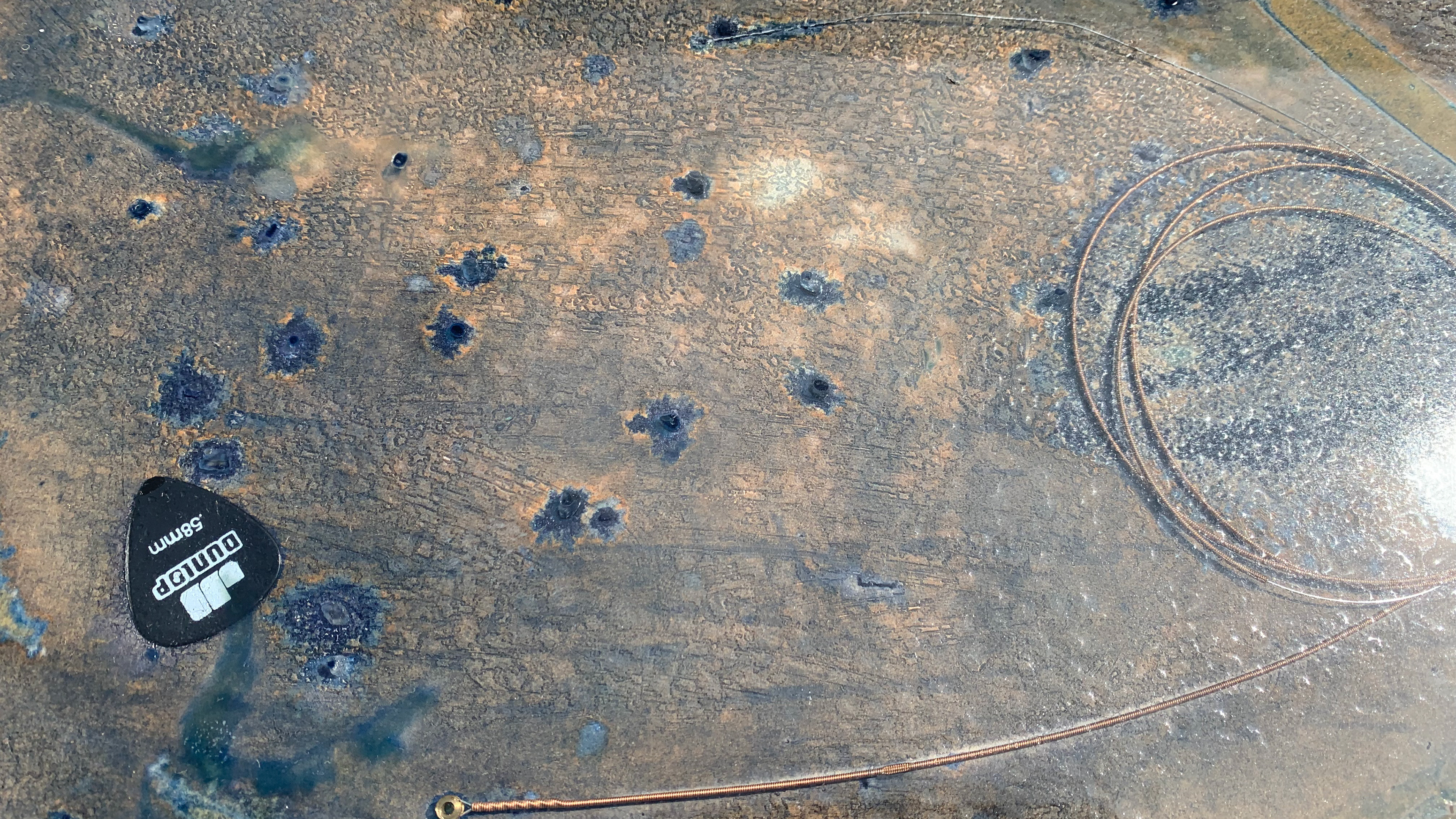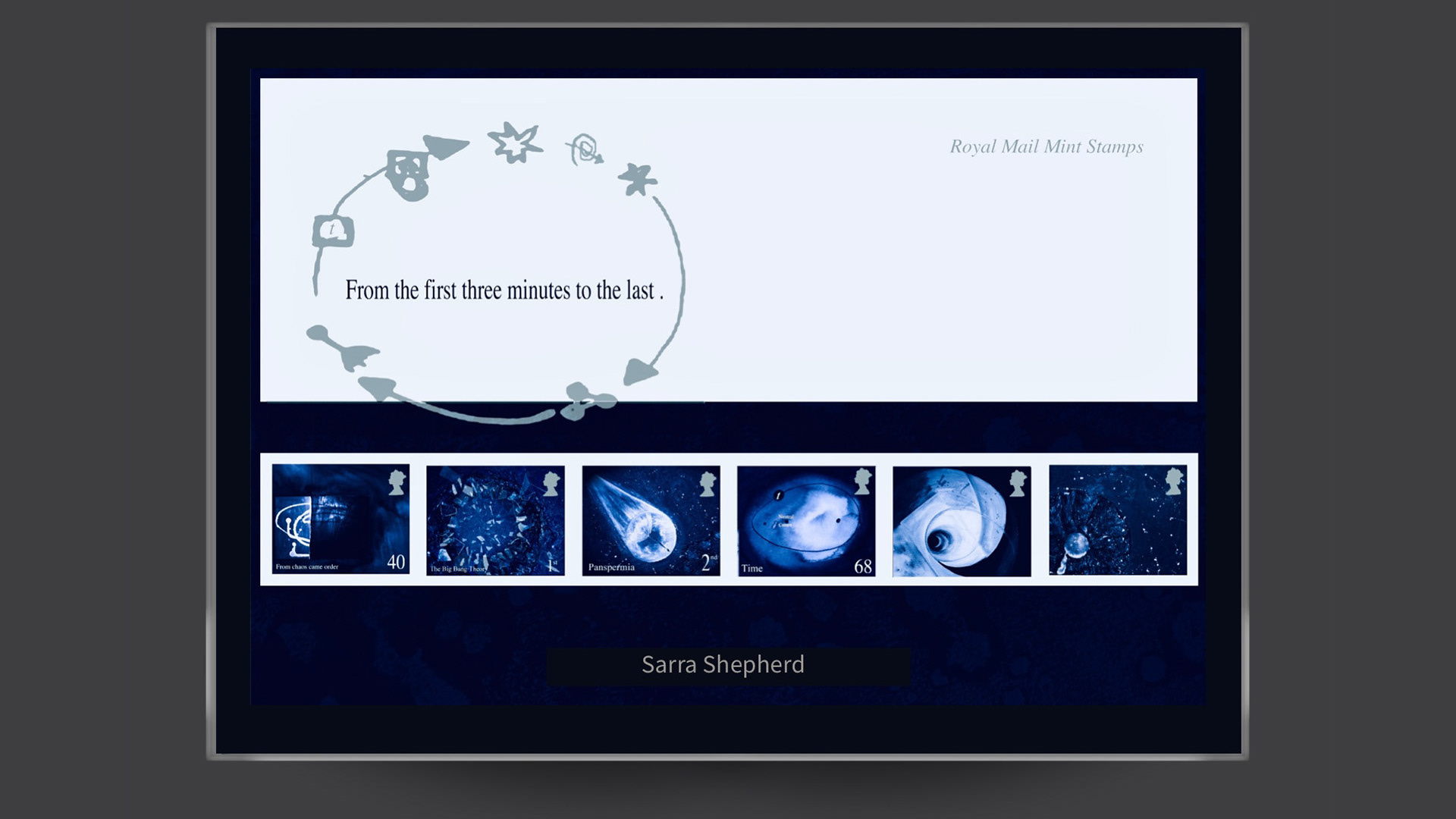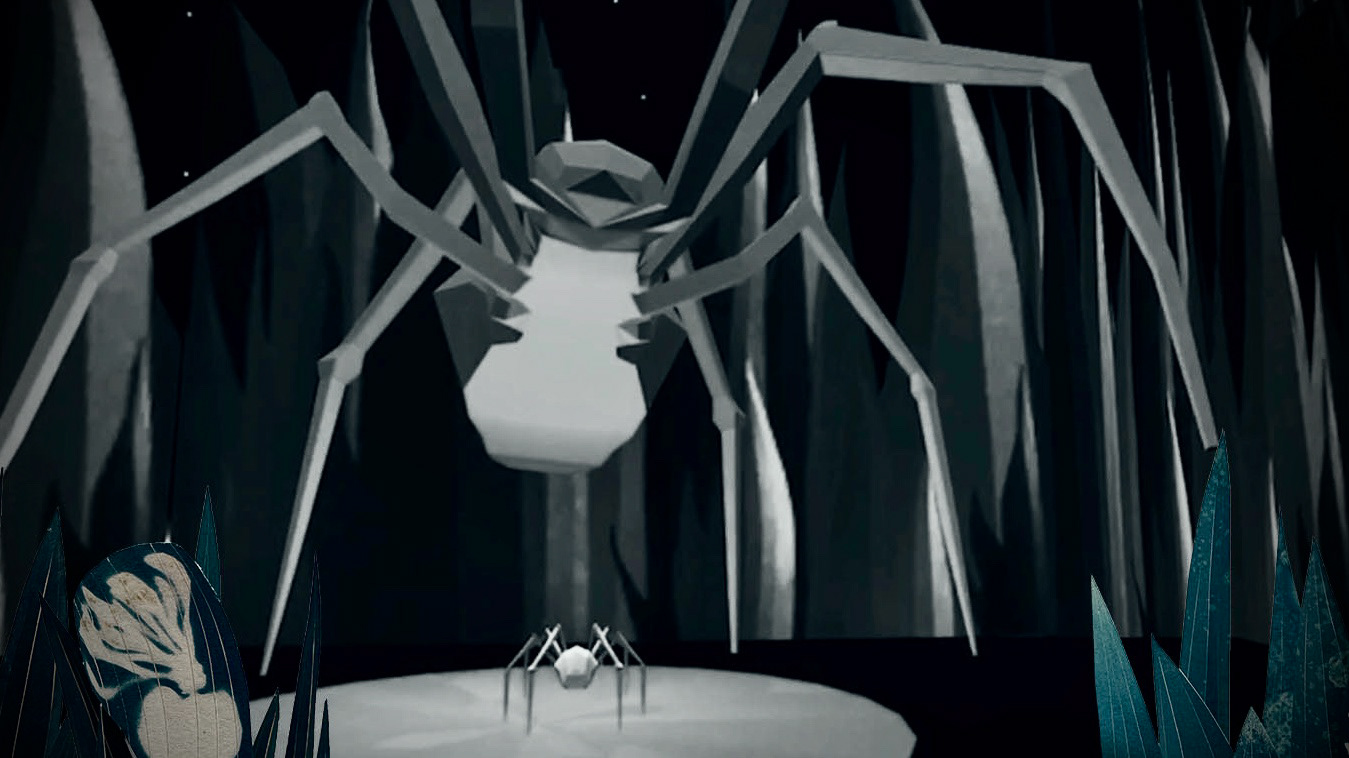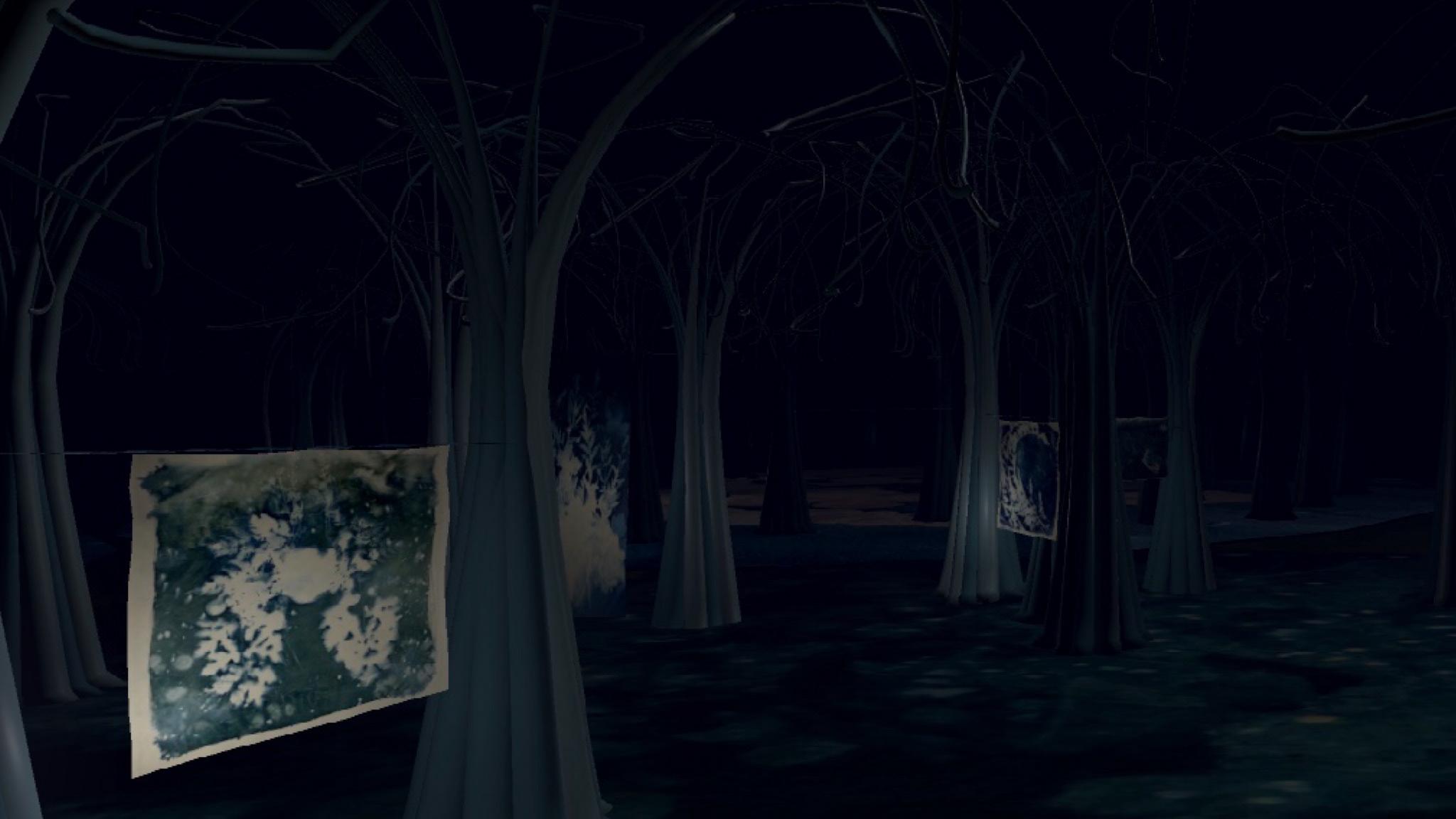The brief
Capture the imagination of 8-14 year olds by creating a short animation that takes as it’s starting point the bizarre, wonderful non-existent existence of the black hole.
Key considerations
1. The number of young people taking GCSE’s in science subjects is falling.
2. One of the Science Museum’s roles is to help turn young people on to science. They do this by encouraging them to see their world differently.
3. Younger children love science. How can we encourage this particular target audience to continue to see science as something exciting and relevant?
Target audience
8-14 year olds.
Brainstorm
Initial concept ideas
Research
🌑D&AD New Blood brief set by Tim Molloy, The Science Museum
🌑 CERN - ‘Towards a superforce’ (Accessed 23.01.2009).
🌑 CERN - ‘Antimatter detectives’ (Accessed 23.01.2009).
🌑 CERN - The standard package (Accessed 23.01.2009).
🌑 CERN - ‘Loose ends’ (Accessed 23.01.2009).
🌑 The Science Museum - Antenna: Science News (Accessed 23.01.2009).
🌑 The Science Museum - ‘Could smart threads save lives?’ Published 17.12.2008
🌑 BBC Radio 4 -Tom Feilden’s Blog ‘The end of the world is not nigh’(Accessed 23.01.2009).
🌑 Forbes.com : Beauty is truth’ Michio Kanu published 10.07.2008 (Accessed 23.01.2009).
🌑 Hyperspace, Michigan Kaku : Chapter 10 ‘Black holes and parallel universes.(2009).
🌑 Astrocafe.net ‘How is it possible for time to change inside a black hole?’
🌑 Wikipedia ‘Black hole’ (Accessed 23.01.2009).
🌑 CBBC Newsround book review ‘The stunning science of everything’, Nick Arnold (2005).
🌑 Carbon Nanotube electronics further research group (Accessed 23.01.2009).
🌑 NASA: Information paradox solved ? If so, Black holes are ‘Fuzzballs’ (Accessed 23.01.2009).
Initial concept
Following in depth research that examined the education of science in the key demographic in the education system, the role of the science museum, scientific research that included the very large (The universe), and the very small (atoms and the quantum world), as defined by CERN, primary and secondary school education, as well as scientific and academic communities.
The idea of string theory (Quantum) and the black hole (Astronomy) seemed wonderful and at the same time very bazar. The common idea that linked the school age demographic was the black school sock (an article renown for mysteriously disappearing come wash time). This became the starting point for the final concept. A simple idea that would appeal not only to the children but to their parents (who after all, would be instrumental in arranging a day out to the science museum).
Concept development
The development process started with pencil and paper, studying figurative motion, experiments with projection, micro animation and the setting up of a very small animation studio, and video effect (inverting images and, black and white colour adjustment).
Storyboards
Music
Black Socks written and performed by Mindy Hester
(Reproduced with kind permission)
This track was chosen as it was children’s song that is commonly sung around a campfire and is structured as ‘a round’ which meant that it would fit the loped nature of the animation.
Sound effects
The roar of the black hole was captured from the NASA website (Used for Educational purposes only).
Award
D&AD New Blood (2009)
Yellow Pencil (Joint 1st)
Film Craft: Animation
Testimony
“ We were struck by the sheer leap of her imagination”
Tim Malloy, The Science Museum.

